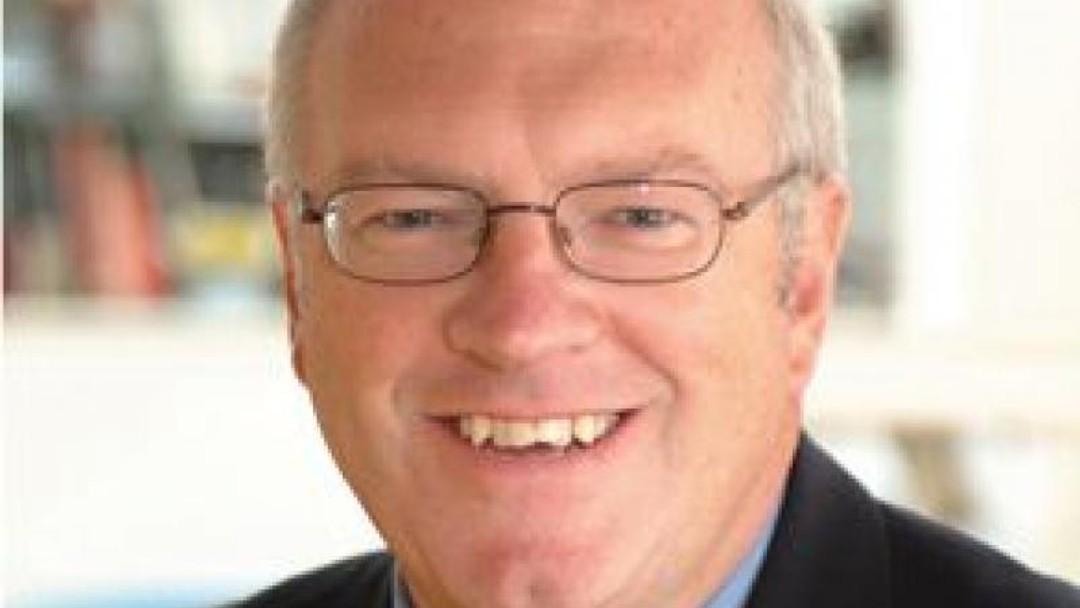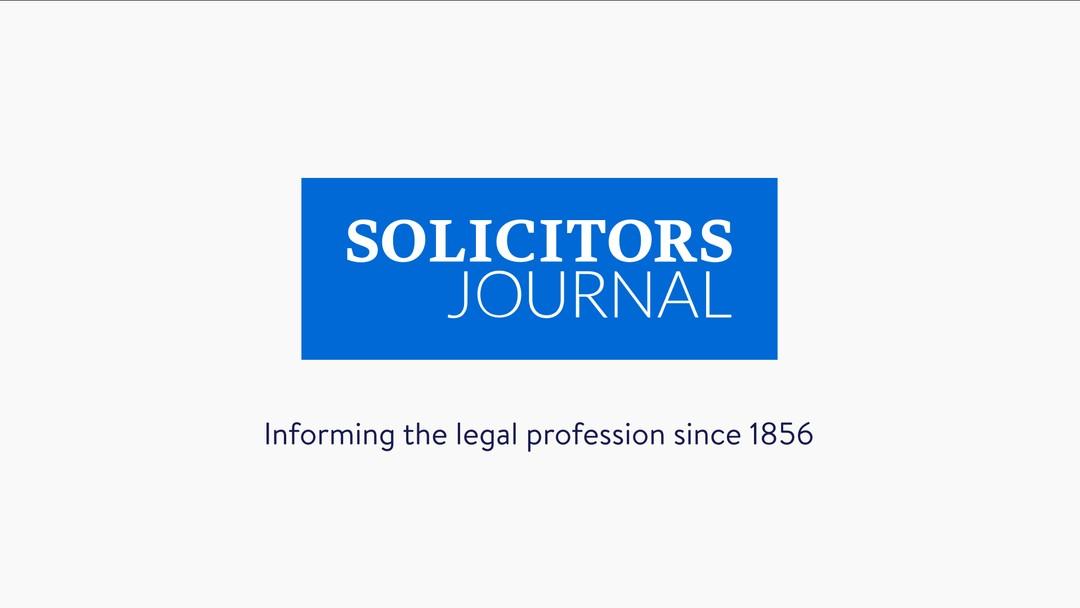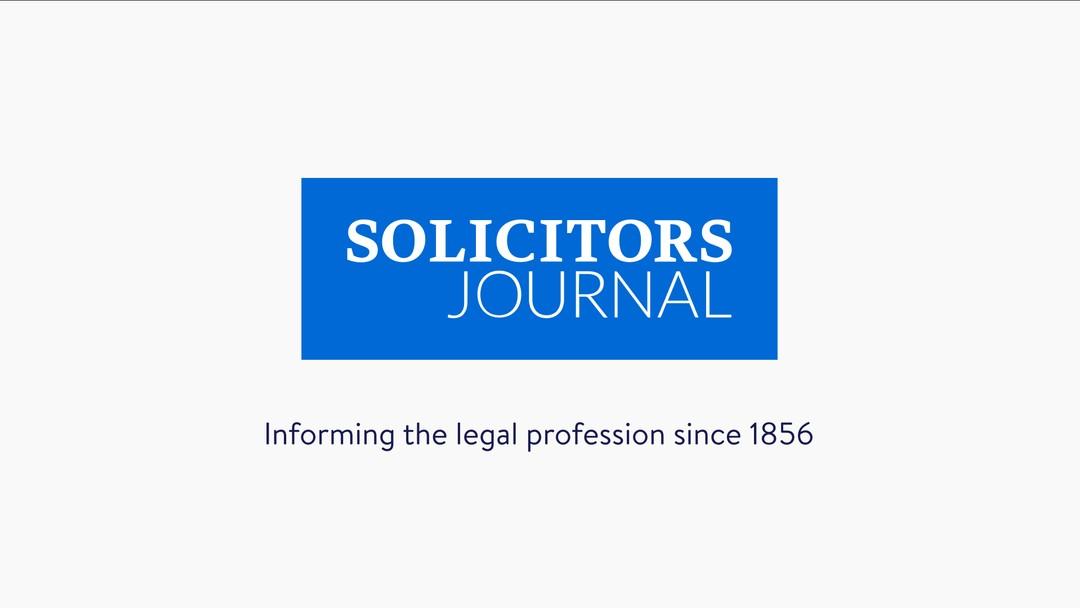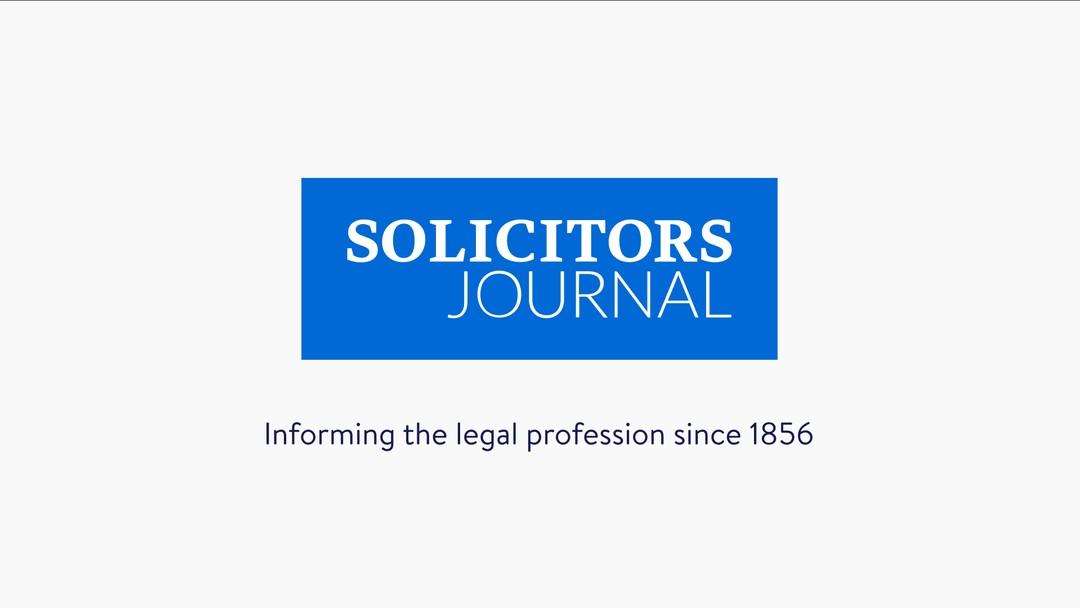
Professional indemnity
Articles


Balva: learning the unrated lesson the hard way

Unrated and unreliable?

Balva wound-up over capital adequacy concerns

Fresh concerns over unrated insurers after Balva suspension

PII Focus | The big insurance renewal: small firms reliant on unrated insurers will face a difficult task

PII Focus | What can the market expect this year?
